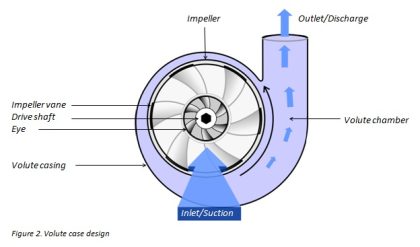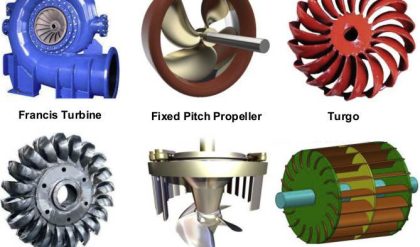| Key Concept: The Reynolds Transport Theorem provides a way to transfer equationsfor conservation of mass, momentum, and energy from the Lagrangian point of view to the Eulerian point of view using a control surface and a control volume. In a Nutshell: You can study fluid motion either by following fluid particles (system, the Lagrangianpoint of view) or by observing fluid flow past a control volume (finite volume, Eulerian point of view). Let B denote extensive property related to fluid flow such as mass, linear momentum, angularmomentum, or energy. Let b denote comparable intensive property such as mass per unit mass,linear momentum per unit mass, angular momentum per unit mass, or energy per unit mass. Then Reynolds transport theorem is: DB/dt |sys = ∂/∂t ∫ ρb dV + ∫ ρb V . n dS cv cs cv = control volume, cs = control surface where B = the extensive property (contained in the system, fixed quantity) b = the intensive property = property per unit mass ρ = the mass density of the fluid ∂/∂t = the time rate of change dV = the element of volume within the control volume V = the fluid velocity crossing the control surface n = the unit outward normal to the control surface V . n = the normal component of velocity crossing the control surface (dot product) dS = the element of area on the control surface Physical Interpretation of Reynolds Transport Theorem DB/dt represents the time rate of change of the arbitrary extensive property, B ∂/∂t ∫ ρb dV represents the time rate of change of B within the control volume cv ∫ ρb V . n dS represents the flux of B across the control surfacecs |


